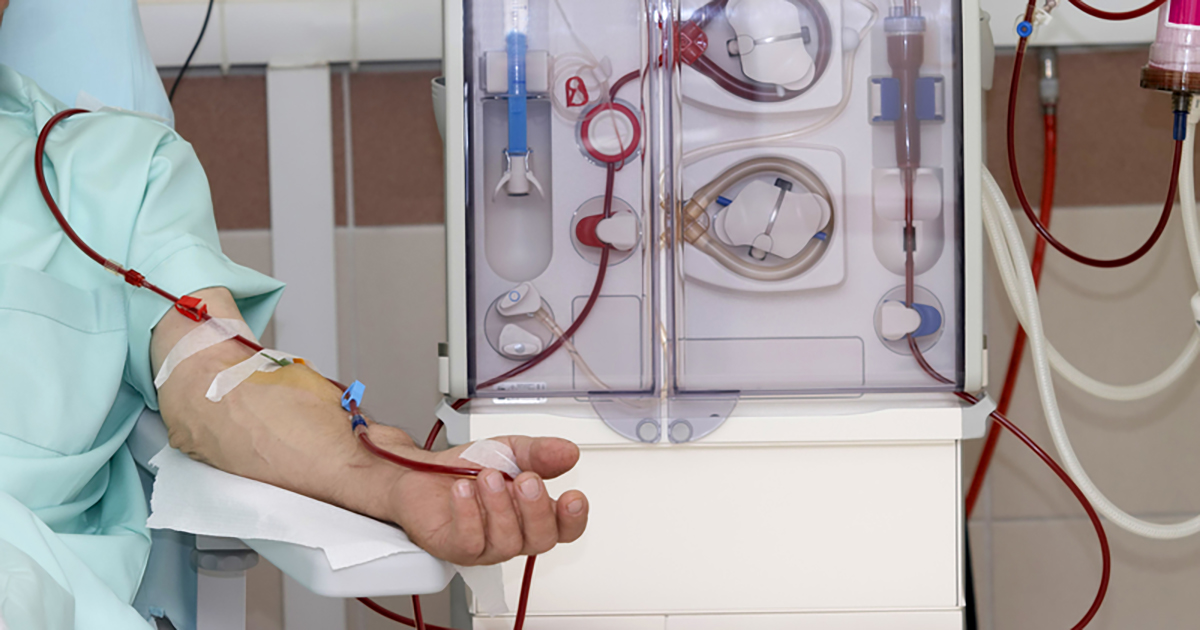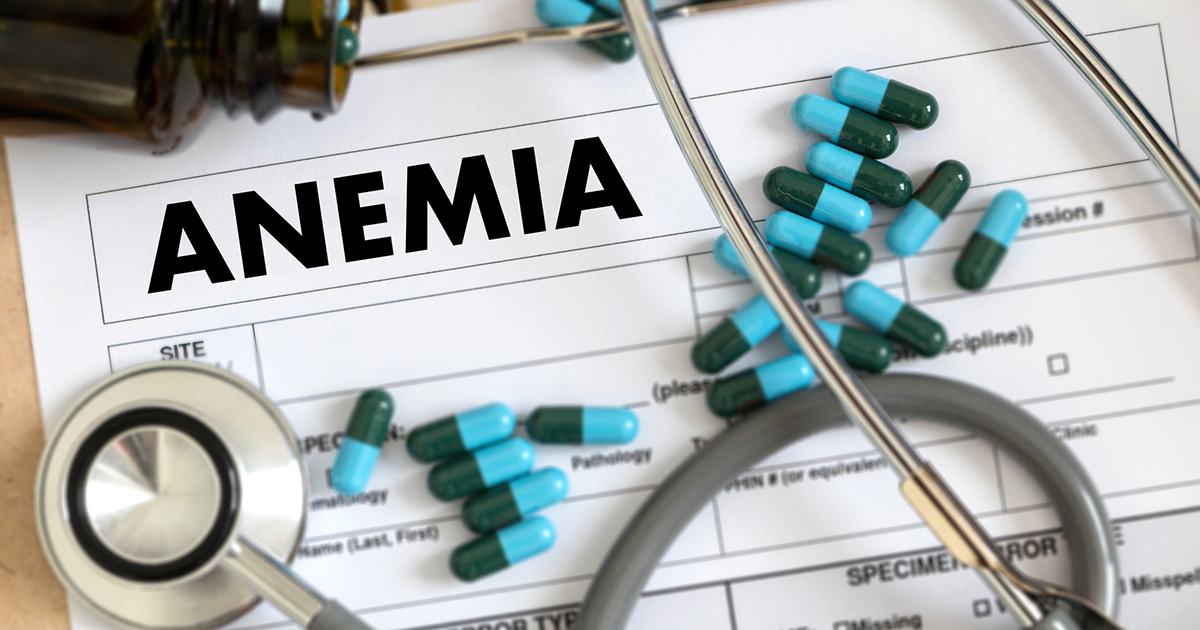How To Treat Amyloidosis
Dialysis Or Kidney Transplant

Primary amyloidosis and dialysis-related amyloidosis affect the function of the patient's kidneys. In fact, of all the organs, the kidneys are the most likely to be affected by amyloidosis. As the deposits accumulate in the kidneys, the kidneys begin to malfunction, leading to a buildup of toxins in the blood, which can be life-threatening if not addressed. Individuals with kidneys affected by amyloidosis may undergo dialysis or a kidney transplant. Dialysis involves the filtering and cleansing of blood through a machine. Individuals with severe kidney damage who are in danger of entering or are already in renal failure may need a kidney transplant. It is important to note there is no known cure for amyloidosis but complete removal of the diseased kidney may cease the progression of the disease.
Underlying Condition Treatment

Although there is no cure for amyloidosis, research indicates engaging in underlying condition treatment is beneficial to the patient. The most common underlying condition seen in those with amyloidosis is anemia, which is easily treated with an increase in iron intake. Depression is also a common underlying condition, and though treatment depends on the severity as well as the individual, treatment often includes some type of psychotherapy. Individuals with fatigue due to amyloidosis will typically be referred to a nutritionist for diet change recommendations and required to rest, and those with kidney disease may begin treatment, some of which were discussed previously, to decrease the progression of the disease and maintain the current level of kidney function.
